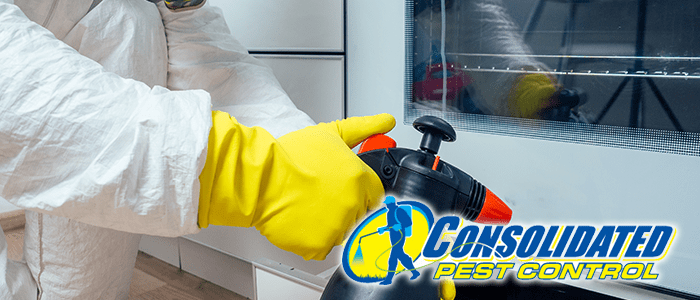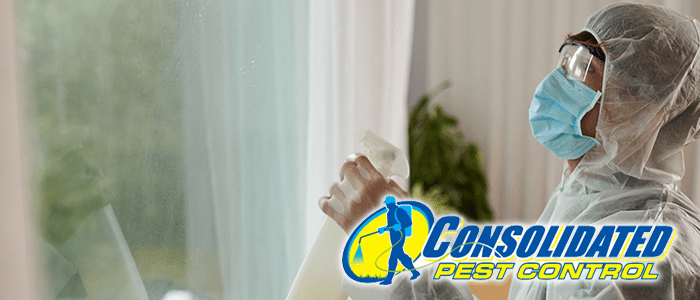
Flies are all over the world, they serve some purpose in assisting the quick cleanup of deceased animals and rotting debris, but that doesn’t necessarily mean we want them around us or our homes. For one, they carry numerous germs and diseases. Landing on our food or surfaces we typically touch – such as doorknobs and chairs, we are touching what they have touched. It’s even worse when they land on our food!
The flies we find right here in Florida are thrown into some broad categories. The two biggest being filth breeders and biters.
What Is The Difference Between Filth Breeders And Biters?
When it comes to filth breeding and biting flies the difference lies in their preferred diet. Where filth breeders are happy to enjoy whatever they can find, ranging from rotting debris to our own food, biting flies, on the other hand, prefer to feed on blood. A bite from the biting flies will leave a painful itchy red patch behind and like filth breeding flies can transfer diseases.
What Types Of Biting Flies Inhabit Florida?
As mentioned above these pesky insects prefer a blood meal to anything else. Making them a huge problem here in Florida. Their form of reproduction relies on stagnant waters – much like the mosquito population. So coastal areas, swamps, and even water near wooded areas are the perfect breeding grounds for these pests.
The most common biting flies in Florida include:
Yellow Flies
This species of fly is highly aggressive and while preferring to feed close to their favorite development spots including woody plants and underwater root systems, they have no issues traveling long distances for a blood meal.
Black Flies
With about 18 species of black flies residing in Florida, common variations include buffalo gnats or turkey gnats. Their development spot includes slow-moving water such as creeks, rivers, and streams. They have a bad habit of buzzing around the head, ears, and hair of their chosen hosts. Black flies are daytime pests.
Deer Flies
Development spots consist of streams, ponds, marshes, and woods. Much like mosquitoes, it is the females of this species that consume blood meals.
No-see ums
These pests are more commonly referred to as punkies, biting midges, and sandflies. They primarily inhabit coastal areas and salt marshes. These insects are very small and difficult to spot, leaving many feeling bites but not seeing what bit them.
With their preference for water-based areas, the best prevention of biting flies is by implementing the same measures used against mosquitoes.
What Types Of Filth Breeding Flies Inhabit Florida?
Unlike biting flies, the filth breeding flies don’t bite and don’t need water to reproduce. The best way to control these pests is to ensure your area is as free of decaying debris as possible. Removal of animal waste, garbage, decaying vegetation, and animal carcasses will help reduce the number of flies in your area. The use of secure, tight-fitting screens on doors and windows will help prevent these pests from entering the home.
Common filth breeding flies here in Florida include:
House Flies
The most common filth breeding fly, this species is found all across the US. Due to their numbers and habits, these insects can carry disease-causing organisms that can be transferred to humans via their body parts, feces, and vomit. They are known to be transmitters of over 100 pathogens including those that cause typhoid, tuberculosis, dysentery, and cholera.
During barbecues and picnics, be sure to keep your food covered at all times to prevent these pests from landing and feeding. While the average lifespan of a housefly in the wild is less than a month, females are able to lay eggs just about anywhere where the larvae will have enough food. In her lifespan, a female housefly can lay as many as 375-600 eggs, which in warm weather, will hatch within 12 to 24 hours.
Blow or Bottle Flies
These two species are pretty common in Florida with a resemblance to house flies. The noticeable difference between these species and the house flies is the tell-tale metallic coloration on their backs – usually green, blue, or black. These insects lay eggs in decomposing organic matter such as dead animals and rotting foods.
If you find yourself with blowfly/bottle fly infestation then that means you are most likely dealing with a dead animal someplace indoors. When it comes to carrion, blowflies are the ones to swarm the area. So be sure to check home attics and any void spaces between walls for a deceased animal.
Final Thoughts
If you are struggling with a pest problem, then don’t hesitate to reach out to our professional team of experts. We will help you assess the extent of your pest problem and discuss an appropriate course of action with you.








